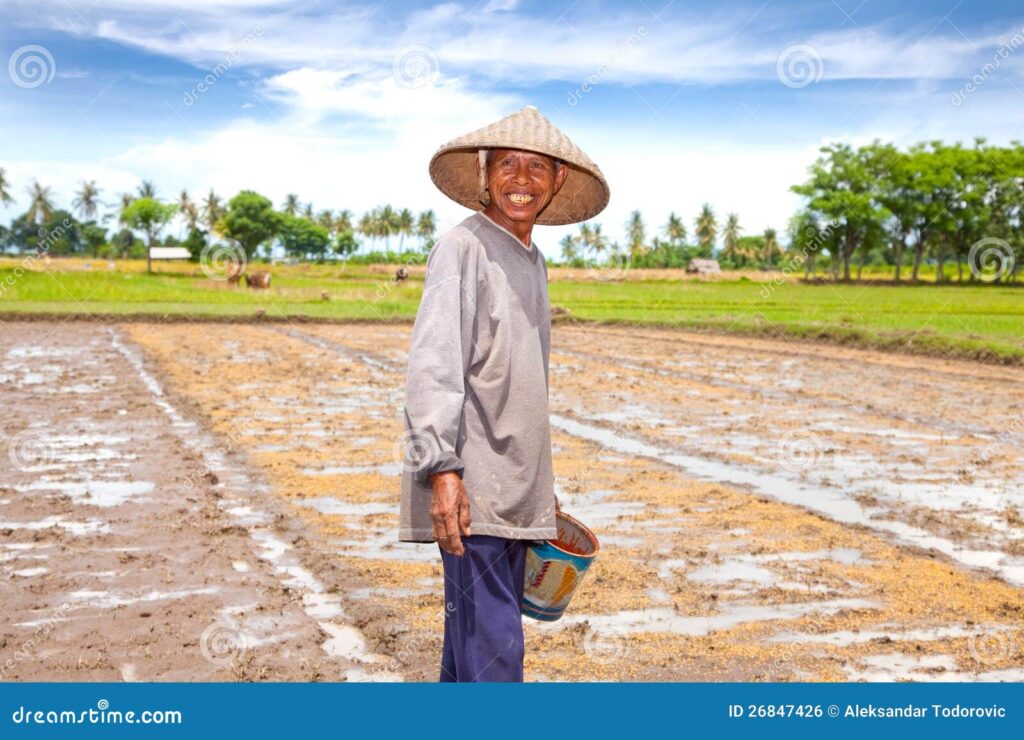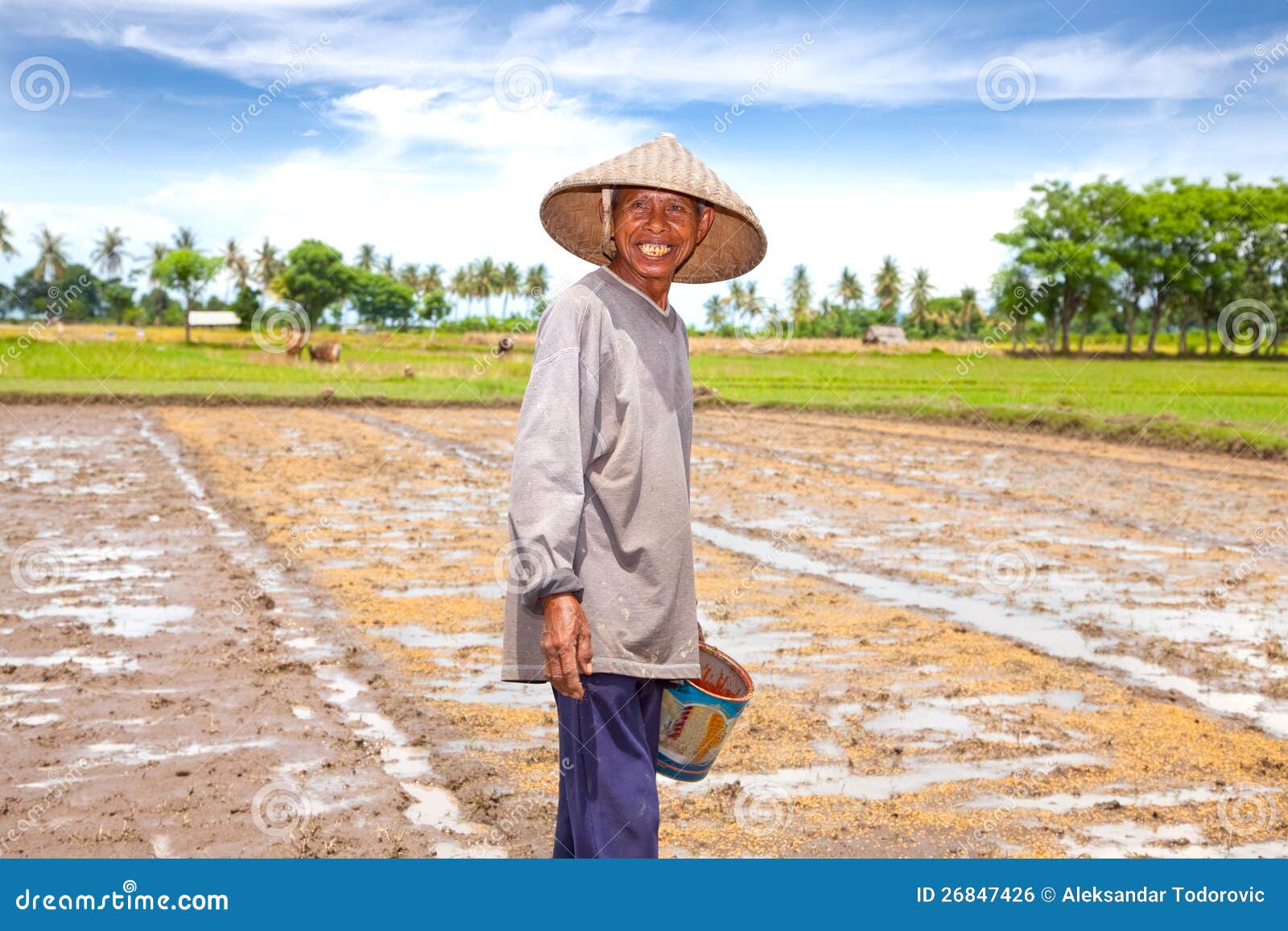
Rice Sowing in Lombardy, Italy: A 2025 Guide to Cultivation
Planning for rice sowing in Lombardy, Italy, in March 2025 requires meticulous preparation and a deep understanding of the region’s unique agricultural landscape. This comprehensive guide provides an in-depth look at the factors influencing successful rice cultivation, offering invaluable insights for both seasoned farmers and newcomers to the field. We’ll explore everything from optimal soil conditions and seed selection to the latest technological advancements and sustainable practices, ensuring a bountiful harvest in the heart of Italy’s rice-growing region.
Understanding Lombardy’s Rice-Growing Region
Lombardy, specifically the provinces of Pavia, Milan, and Lodi, forms the core of Italy’s rice production. The area’s flat terrain, abundant water supply from the Alps, and fertile soil create ideal conditions for rice cultivation. This region boasts a long and storied history of rice farming, with techniques and traditions passed down through generations. The climate, characterized by cold winters and warm, humid summers, is perfectly suited to the Oryza sativa varieties predominantly grown here. Understanding these specific regional nuances is crucial for planning successful rice sowing operations in March 2025.
The specific characteristics of the soil, primarily alluvial deposits, contribute significantly to the high yields achieved in Lombardy. These soils are rich in minerals and organic matter, providing essential nutrients for rice plants. However, soil management practices, including proper fertilization and water control, are vital to maintaining soil health and preventing nutrient depletion. Furthermore, the availability of irrigation water from the extensive canal network, fed by the Alps, is a cornerstone of rice cultivation in this area. Careful management of this resource is essential for sustainable farming practices.
Optimal Timing for Rice Sowing in March 2025
While the primary window for rice sowing in Lombardy typically falls between April and May, some farmers are experimenting with earlier sowing in late March, depending on specific weather conditions. The decision to sow in March 2025 hinges on careful monitoring of soil temperatures and weather forecasts. Soil temperature should consistently reach at least 10-12°C (50-54°F) for successful germination. Early sowing can potentially lead to a longer growing season, potentially resulting in higher yields and improved grain quality. However, it also carries the risk of frost damage, particularly during unseasonably cold snaps. Farmers must weigh these factors carefully and adopt risk mitigation strategies, such as using protective covers or selecting cold-tolerant rice varieties.
The specific timing within March will also depend on the rice variety being cultivated. Some early-maturing varieties may be more suitable for March sowing, while later-maturing varieties might benefit from waiting until April. Consulting with local agricultural experts and monitoring weather patterns closely are essential for making informed decisions about the optimal sowing date. Data from previous years, combined with advanced weather modeling, can provide valuable insights into the potential risks and rewards of early sowing.
Seed Selection and Preparation for Rice Sowing
Choosing the right rice variety is a critical determinant of success. In Lombardy, several varieties are commonly grown, each with its own characteristics and suitability for different growing conditions. Arborio, Carnaroli, and Vialone Nano are popular choices, known for their excellent grain quality and suitability for risotto. Selecting a variety that is well-adapted to the local climate, soil conditions, and market demands is paramount. Consider factors such as disease resistance, yield potential, and grain quality when making your selection. In our experience, consulting with local seed suppliers and agricultural extension officers can provide valuable guidance in choosing the most appropriate variety for your specific needs.
Seed preparation is another crucial step. This typically involves soaking the seeds in water for 24-48 hours to promote germination. Some farmers also treat the seeds with fungicides to protect them from soilborne diseases. Proper seed preparation ensures uniform germination and vigorous seedling growth, giving the rice plants a strong start. The soaking process should be carefully monitored to prevent over-soaking, which can damage the seeds. Using clean water and following recommended soaking times are essential for achieving optimal results.
Sowing Techniques and Best Practices
Several sowing techniques are employed in Lombardy, including direct seeding and transplanting. Direct seeding involves sowing the seeds directly into the prepared field, while transplanting involves growing seedlings in a nursery and then transplanting them to the field. Direct seeding is generally less labor-intensive and more cost-effective, but it requires careful weed control and water management. Transplanting allows for better control over seedling establishment and can result in higher yields, but it is more labor-intensive. The choice of sowing technique depends on factors such as labor availability, field size, and water management capabilities. According to a 2024 industry report, direct seeding is becoming increasingly popular in Lombardy due to labor shortages and advancements in weed control technology.
Regardless of the sowing technique used, proper field preparation is essential. This involves plowing, harrowing, and leveling the field to create a smooth and uniform seedbed. The field should also be properly drained to prevent waterlogging, which can hinder germination and seedling growth. Soil testing is recommended to determine the nutrient content of the soil and to guide fertilizer application. Applying the correct amount of fertilizer is crucial for promoting healthy plant growth and maximizing yields.
Water Management for Rice Cultivation
Water management is arguably the most critical aspect of rice cultivation in Lombardy. Rice plants require a continuous supply of water throughout the growing season. The traditional method involves flooding the fields to a depth of several centimeters. This helps to control weeds, maintain soil moisture, and regulate soil temperature. However, continuous flooding can also lead to water wastage and environmental problems, such as methane emissions. As leading experts in rice sowing in Lombardy suggest, alternative water management techniques, such as alternate wetting and drying (AWD), are gaining popularity as a more sustainable approach.
AWD involves periodically draining the fields and allowing the soil to dry out before re-flooding. This can reduce water consumption, methane emissions, and the incidence of certain diseases. However, AWD requires careful monitoring of soil moisture levels and plant water stress. Farmers must also be skilled in managing irrigation schedules to ensure that the plants receive adequate water without experiencing excessive stress. Implementing efficient irrigation systems, such as drip irrigation or sprinkler irrigation, can also help to conserve water and improve water use efficiency. These systems deliver water directly to the roots of the plants, minimizing water loss through evaporation and runoff.
Weed Control Strategies for Rice Fields
Weed control is another major challenge in rice cultivation. Weeds compete with rice plants for nutrients, water, and sunlight, reducing yields and grain quality. Several weed control strategies are available, including cultural practices, chemical herbicides, and biological control methods. Cultural practices, such as crop rotation and stale seedbed preparation, can help to reduce weed pressure. Stale seedbed preparation involves preparing the field several weeks before sowing and allowing weeds to germinate. The weeds are then killed with a non-selective herbicide before sowing the rice. This can significantly reduce the weed population in the field.
Chemical herbicides are widely used to control weeds in rice fields. However, the overuse of herbicides can lead to herbicide resistance and environmental problems. It is important to use herbicides judiciously and to follow recommended application rates and timings. Biological control methods, such as the use of bioherbicides or weed-eating insects, are also being explored as a more sustainable alternative to chemical herbicides. Integrating multiple weed control strategies is often the most effective approach to managing weeds in rice fields. This involves combining cultural practices, chemical herbicides, and biological control methods to achieve optimal weed control while minimizing environmental impacts.
Pest and Disease Management
Rice plants are susceptible to a variety of pests and diseases, which can cause significant yield losses. Common pests include rice stem borers, leafhoppers, and planthoppers. Common diseases include rice blast, sheath blight, and bacterial blight. Integrated pest management (IPM) is an approach that emphasizes the use of multiple control tactics to minimize pest and disease damage while reducing reliance on chemical pesticides. IPM involves monitoring pest and disease populations, using resistant varieties, promoting natural enemies of pests, and applying pesticides only when necessary.
Regularly scouting the fields for pests and diseases is essential for early detection and timely intervention. Using resistant varieties can significantly reduce the incidence of certain diseases. Promoting natural enemies of pests, such as predatory insects and parasitic wasps, can help to control pest populations. Applying pesticides only when necessary and using selective pesticides that target specific pests can minimize the impact on beneficial insects and the environment. Implementing IPM strategies requires a thorough understanding of the pests and diseases that affect rice plants, as well as the available control tactics. Consulting with local agricultural experts can provide valuable guidance in developing and implementing effective IPM programs.
Harvesting and Post-Harvest Handling
The timing of harvest is crucial for maximizing grain quality and yield. Rice should be harvested when the grains are fully mature and have a moisture content of around 20-22%. Harvesting too early can result in immature grains that are easily damaged during processing, while harvesting too late can lead to grain shattering and yield losses. Several methods are used for harvesting rice, including manual harvesting, mechanical harvesting with combine harvesters, and semi-mechanical harvesting with reapers.
Proper post-harvest handling is essential for maintaining grain quality and preventing losses. This involves drying the grains to a moisture content of around 14%, cleaning the grains to remove impurities, and storing the grains in a cool, dry place. Drying can be done using natural sunlight or mechanical dryers. Cleaning can be done using winnowing, sieving, or mechanical cleaners. Storing the grains in airtight containers can help to prevent insect infestation and moisture absorption. Implementing proper post-harvest handling practices can significantly reduce grain losses and improve the market value of the rice.
The Future of Rice Farming in Lombardy
Rice farming in Lombardy faces several challenges, including climate change, water scarcity, and increasing input costs. However, it also presents numerous opportunities for innovation and sustainable development. Adapting to climate change requires adopting climate-smart agricultural practices, such as drought-resistant varieties, water-efficient irrigation systems, and conservation tillage. Addressing water scarcity requires implementing integrated water management strategies, such as water harvesting, groundwater recharge, and wastewater reuse. Reducing input costs requires optimizing fertilizer and pesticide use, promoting integrated pest management, and adopting precision farming techniques.
Technological advancements, such as precision farming, remote sensing, and data analytics, are transforming rice farming in Lombardy. Precision farming involves using sensors, GPS, and other technologies to monitor crop conditions and to apply inputs precisely where and when they are needed. Remote sensing involves using satellite imagery or aerial photography to assess crop health and to identify areas that require attention. Data analytics involves using statistical models and machine learning algorithms to analyze data and to make informed decisions about crop management. Embracing these technological advancements can help farmers to improve efficiency, reduce costs, and enhance sustainability.
Planning for a Successful Harvest
As you prepare for rice sowing in Lombardy, Italy, in March 2025, remember that success hinges on meticulous planning, a deep understanding of the region’s unique conditions, and a commitment to sustainable practices. By carefully selecting your rice variety, preparing your fields properly, managing water resources effectively, and controlling weeds and pests diligently, you can maximize your chances of a bountiful harvest. The insights shared here, combined with ongoing learning and adaptation, will empower you to thrive in the dynamic world of rice cultivation.

